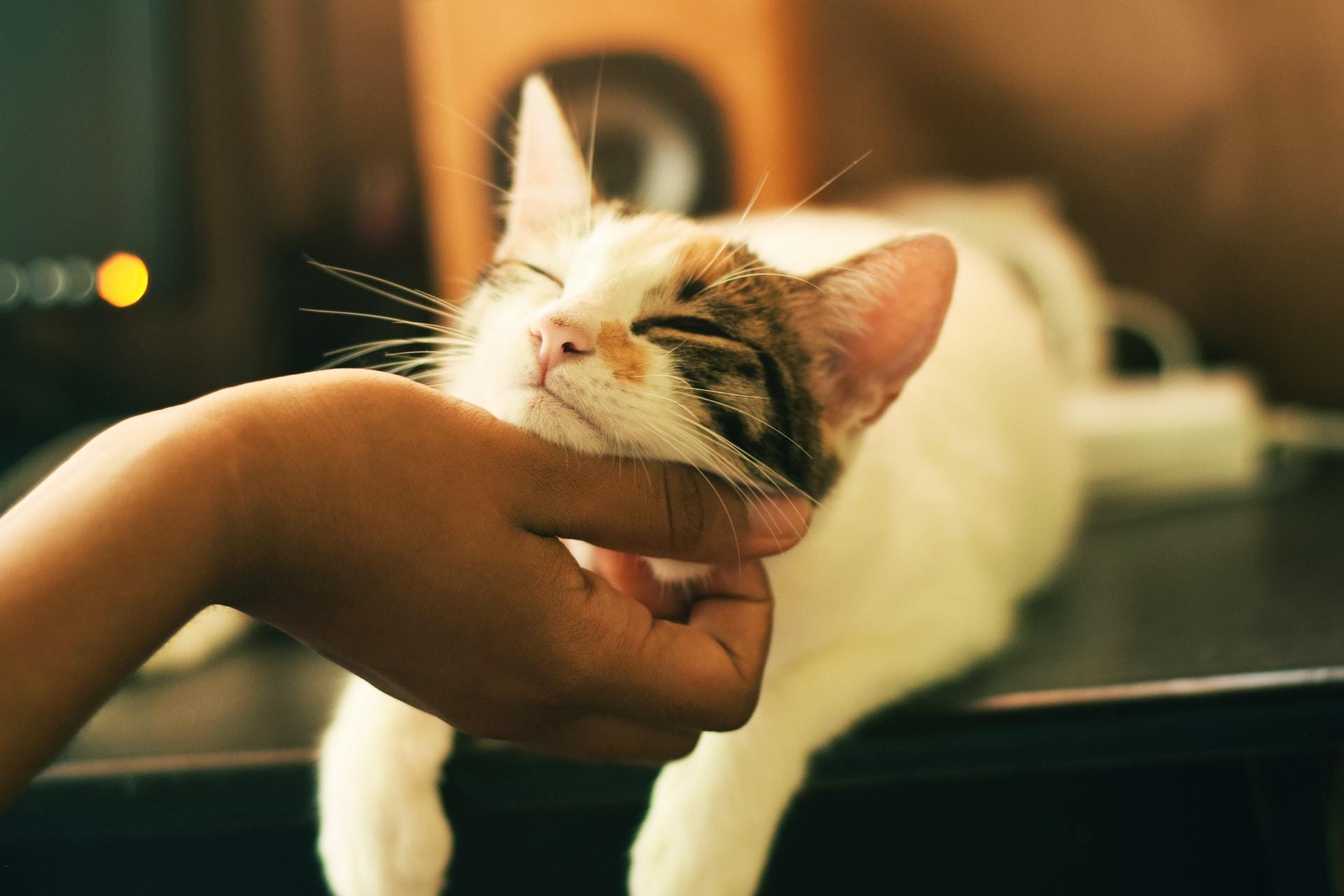tooth resorption cats symptoms
Certain breeds of cats like Siamese Persians and Abyssinians appear to be more susceptible to the disease but again any cat can develop these lesions. With Type 1 there is destruction of the crown but the root retains a normal appearance with a discernible periodontal ligament.
The most commonly affected teeth are the premolars of the lower jaws.

. Symptoms of tooth resorption Feline. 3 Dental radiographs are required for proper diagnosis and treatmentFeline tooth resorption TR a. Early detection is really important when treating tooth resorption.
Feline Tooth Resorption affects a large number of pet cats internationally and leads to significant pain and difficulty eating. Tooth resorption is when the dentin the hard tissue beneath a tooths enamel of a single tooth or multiple teeth erodes left untreated it can cause irreparable damage. One of the most common symptoms in cats with tooth resorption is pain.
A triangular-shaped defect in the tooth at the gingival margin arrow is evident. Prompt diagnose is important and the mainstay of treatment is dental extraction. Tooth Resorption Symptoms Feline tooth resorption may show no visible signs other than gingivitis gum inflammation in its early stages although you may also notice signs of blood in your cats water or food bowl.
Symptoms of tooth resorption in cats Tooth resorption is seen as a pinkish. Symptoms of tooth resorption Cats are masters at hiding pain so it can be tricky to know if theyre having dental troubles. Anorexia Weight loss Pain during eating.
Attempting to chew on only one side of their mouth by tilting their head while they eat Food falling out from their mouth while they eat Refusing to eat A sudden preference for wet food Swallowing food without chewing. Eventually the rest of the tooth gets affected as well Tooth resorption is the most common reason why cats lose their teeth. Feline TR is a very common problem.
In fact its one of the most common oral conditions seen in cats. More than 70 of cats over five years of age show signs of tooth resorption. Symptoms may include bad breath drooling bleeding from the mouth and difficulty eating a messy eater may be spilling food because it hurts to eat Tooth resorption has been classified based on the extent and location of the resorption.
Resorptive lesions that have eroded through the enamel may be very painful. Tooth resorption has become a common condition affecting the cat population in the recent years. Today our Walnut Creek vets share the symptoms of Tooth resorption in cats and how it is treated.
Tooth resorption happens when your cats tooth starts breaking down from the inside out. Cats with oral pain may appear irritable or aggressive have a change in appetite or food preference and may have difficulty chewing and eating food falls from their mouth. All cats can develop feline tooth resorption.
Routine radiography is required for timely diagnosis. Bleeding or Changes In The Mouth Resorptive lesions usually appear along or below the gumline so you may be able to notice blood in this area without prying your cats mouth open. Symptoms of Tooth Resorption in Cats Often symptoms will not begin to manifest until the tooth has been destroyed down to the root.
What cats are at risk of tooth resorption. These tooth defects have also been called cavities neck lesions or feline odontoclastic resorption lesions FORLs. If your cat has tooth resorption she may show increased salivation oral bleeding or difficulty eating.
It is often difficult for the owners to determine whether the cat has any dental problem. The premolars on the lower jaw are the most likely to be affected but tooth resorption can be found on any tooth. Cats with clinically missing teeth have also been found to be more likely to have tooth resorption.
What are the signs and symptoms of tooth resorption in cats. Incidence reports list a range from 30 to 60 for cats affected by this oral condition. If your kitty suddenly seems cranky or no longer wants to engage in activities she loves it may indicate a painful condition like tooth resorption or arthritis.
All types of teeth in the feline dentition may be affected but lesions seem to be more common in certain teeth. In many cases without radiographic and clinical screening in an anesthetized cat tooth resorption will go undetected and the cat will be in pain in silence. Tooth resorption in cats is likely the most common significant oral condition affecting feline patients.
Treatment for tooth resorption usually involves either extraction removal of the entire tooth and roots or. Some affected cats will have jaw spasms pain and trembling of the jaw whenever the affected area is touched increased salivation bleeding from the mouth can come and go or difficulty eating. This happens when the protective dentin layer around the tooth gets broken down Dr.
Feline immunodeficiency virus and stress on the teeth due to poor dental alignment can also trigger tooth resorption in some cats. This condition can be highly painful to cats. Symptoms that may occur are listed as follows.
It can show signs like reduced appetite difficulty chewing bad breath inflammation of gums drooling vomiting and oral bleeding. Tooth resorption in cats is a painful condition with an unknown cause. Tooth resorption is divided into specific types based on the radiographic appearance of the tooth root.
12 Risk factors include increasing age and the presence of other dental disease including additional TR lesions. Pain can be difficult to notice in your cat and many cats will still appear to eat normally with a painful mouth which is one of the many reasons annual veterinary visits are recommended to have your cats mouth examined. Pain can manifest in a variety of ways.
Symptoms Excessive drooling Occurrence of a cavity like hole in tooth. You should always take note of any slight behavioral changes in your pet and notify your vet. There are three types of Feline Oral Resorptive Lesions FORLs The cause is still disputed and there are various hypotheses as to why some cats develop.
Over time this condition can affect all of the. At this stage it is generally easy to see with the tooth appearing to be grown over by the gums. Tooth resorption can be difficult to detect with cats often masking signs of oral discomfort or pain.
However subtle indications include a tendency to gobble up their food quickly as eating causes pain or only eating on one side of their mouth. This generally occurs in Type 1 and longer-standing Type 2 tooth resorption in cat. Dietary symptoms in cats include.

Tooth Resorption Animal Dental Specialist
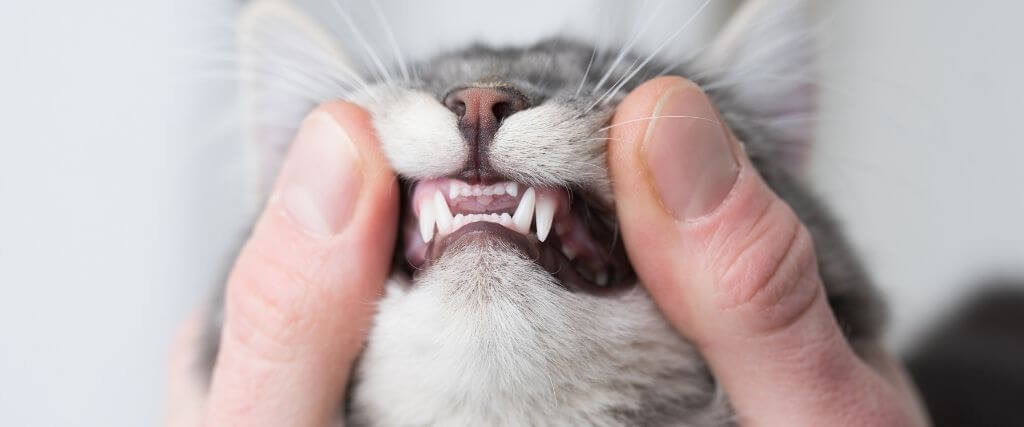
Pet Dental Health Month How To Tell If Your Cat S Mouth Is Painful And What To Do About It
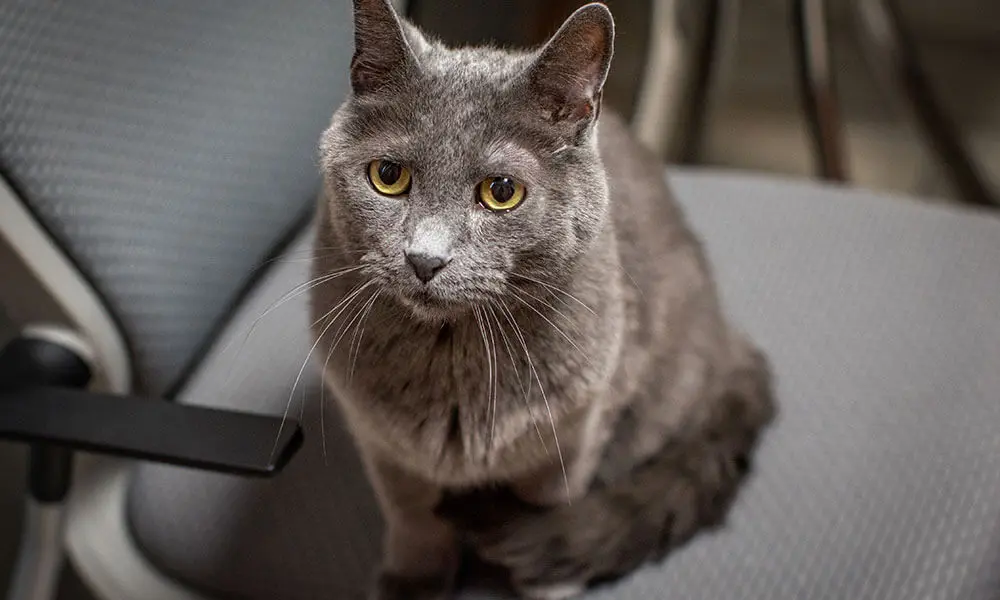
Feline Tooth Resorption A Guide For Cat Owners 1st Pet Veterinary Centers Az

Reasons My Cat Is Losing Teeth Lovetoknow

External Tooth Resorption In Cats Part 2 Therapeutic Approaches Today S Veterinary Practice

7 Tips For Maintaining Your Cat S Teeth The Honest Kitchen Blog Mouth Inflammation Cats Cat Urine

Can Cats Drink Lactose Free Milk Lactose Free Milk Lactose Free Lactose

All About Asthma In Cat Including Common Causes And Treatments Cat Asthma Cat Dental Health Cat Health Problems

Pet Health Network Pet Dental Health Pet Dental Health Month Pet Dental Care

Tooth Resorption In Cats Symptoms Causes Diagnosis Treatment Recovery Management Cost Pet Dental Health Dental Dental Health

Tooth Resorption A Painfully Common Dental Disease In Cats Pet Dental Care Cat Care Pet Dental Health
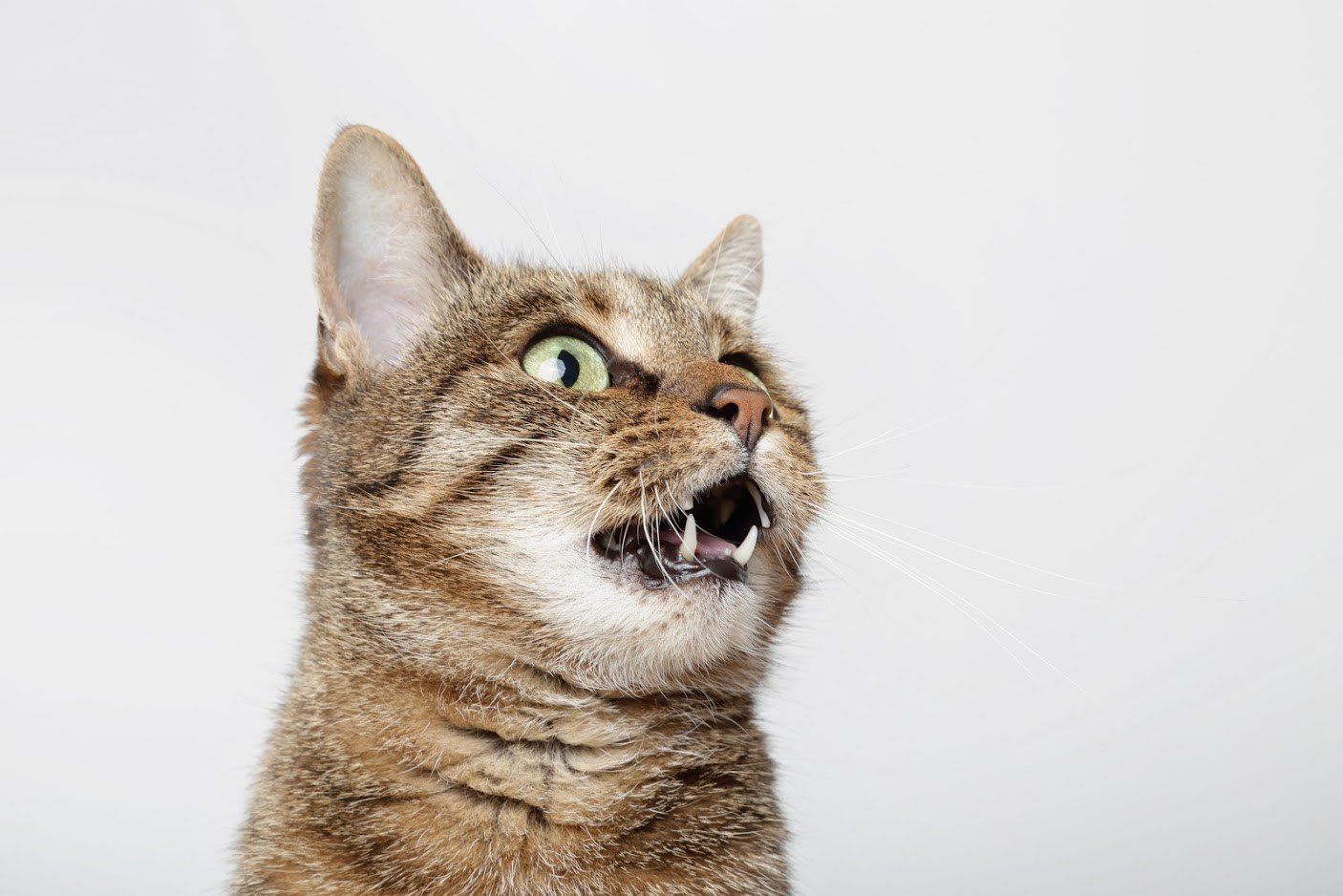
Tooth Resorption In Cats What You Should Know

Dental Care For Cats North Elm Animal Hospital

Worms In Cats Everything You Need To Know Cats Cat Care Kitten Care
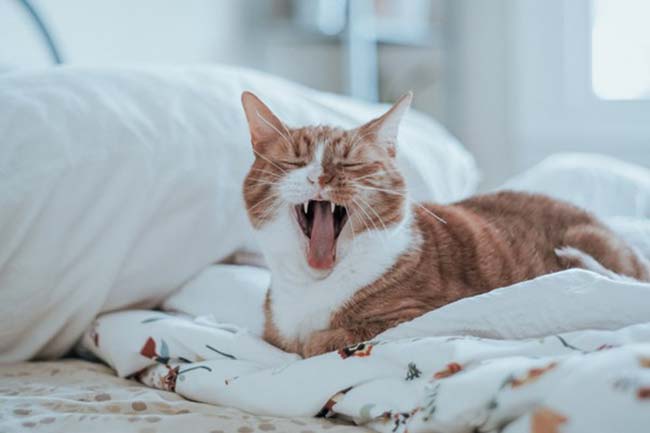
Feline Dental Disease Tooth Resorption In Cat Wellnessvet

Feline Tooth Resorption Today S Veterinary Practice

Resorptive Lesions In Cats An Update The Veterinary Nurse


